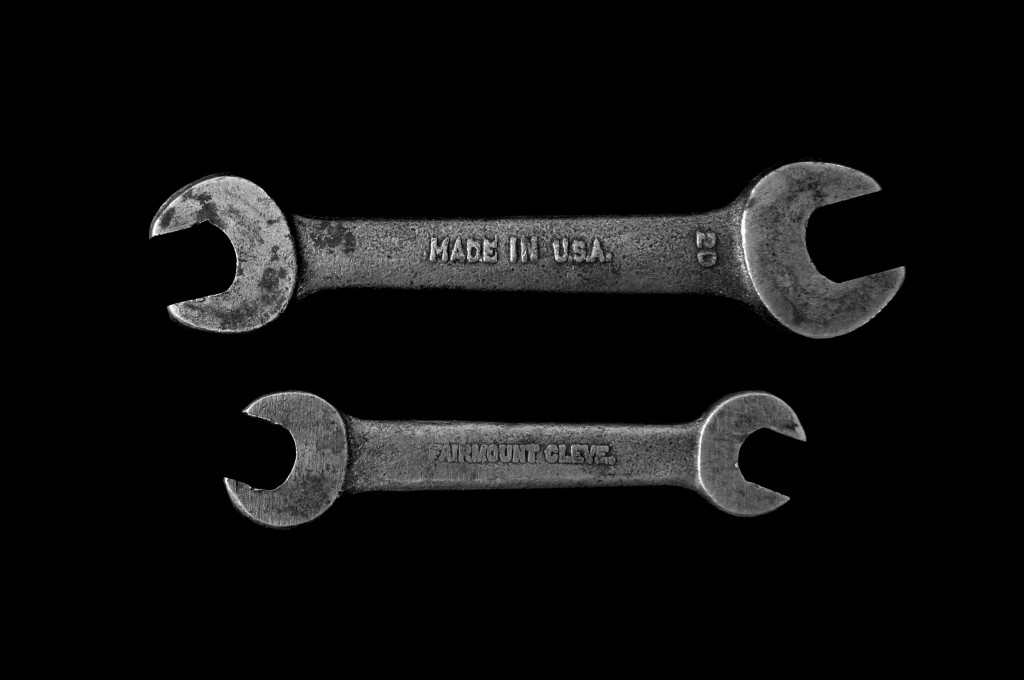If you’re a Canadian importer of commercial goods, you need to familiarize yourself with The Canadian Consumer Packaging and Labeling Act. The Canada Border Services Agency is the government department that is responsible for the inspection of your goods.
CBSA requires that the Country of Origin is clearly stated on the goods, such as “Made in X”. It is important to note that goods can’t be released and are subject to a full seizure if CBSA deems your shipment unsuitably marked.
If you’re moving goods into the Province of Quebec, you need to ensure that your products are sufficiently labeled in French as well. US organization Export.gov notes that “French must be given equal prominence with other languages on any packages or containers.”
The regulations that stipulate requirements for marking and labeling products that are imported into Canada are plentiful. As you may have guessed, it is difficult to lay out all the specific requirements without knowing exactly what the product in question is. There may even be valuable exemptions available to you!
So, what is the difference between marking and labeling for commercial imports?
Pre-Importing: What is marking?
Marking refers to the act of distinctly noting on the imported product the Country of Manufacturing (i.e. “Made in X”). In this context, forgoing bilingual marking or further details on the goods is not necessary. CBSA just wants to confirm where the product was actually made in the context of what marking is.
Upon inspection, CBSA always verifies that the Country of Origin is clearly stated. Without this information, your goods will be held or seized. You will also receive a penalty fee to be paid.
In essence, marking must be done on your imported goods before you bring them into Canada and before they even leave the port at the Country of Origin.
Post-Importing: What is labeling?
Post-import, once you’ve cleared customs. It is now up to you to make sure that your goods comply with the labeling requirements of The Canadian Consumer Packaging and Labeling Act before being sold to consumers. Be careful here, because the label you add may differ depending on the type of imported goods you are selling. For example, if you are importing food, your labels must comply with CFIA. You can visit their website for more details. If you are importing apparel, the labeling must comply with CA Identification Number requirements. You can visit this website to get more information.
Documentation, labeling, marking, and complying with government regulations when you import goods into Canada can be tricky. That is no secret to seasoned importers. A detailed evaluation of your product must be done in order to determine the specific requirements that apply to your goods.
Before hopping into an import business, it would be wise to approach with caution. Did you know that customs brokers can provide a pre-consultation to help you make decisions for your importing business?
Consulting services from a customs broker can include many different topics, such as:
- Tariff treatments
- Valuation for duties
- Assessments
- Penalties & refunds
- Duty drawbacks
- Trade agreements
- AMPS Audits
- Documentation
- Tax requirements and exemptions
- Other specific governmental requirements
Get started by dropping us a line here, we’d be glad to help! Moving goods into Canada can be difficult if not done correctly. But, if you work with a customs broker, you’ll find that you clear customs with ease.

 Payment
Payment  My Account
My Account

